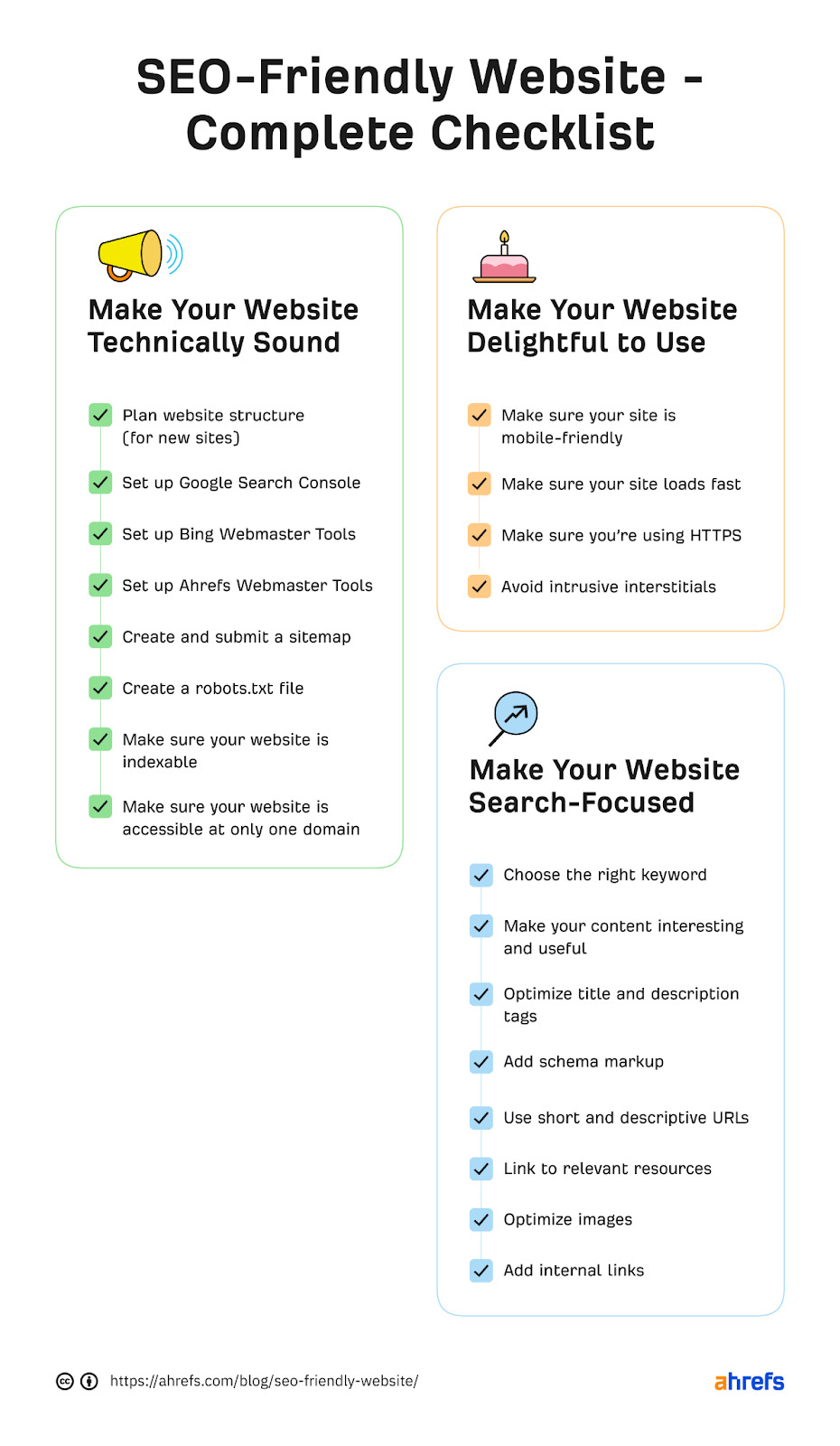Shop At Haya: Your Ultimate Shopping Guide
Discover the best shopping tips, trends, and deals for a smarter buying experience.
When Your Website Wows and Wins
Discover how to make your website stand out and drive success with our expert tips for creating a stunning online presence.
10 Essential Elements That Make Your Website Wow Your Visitors
Creating a website that wows your visitors requires attention to detail and an understanding of user experience. Here are 10 essential elements that can elevate your site's appeal:
- Visual Design: Use a cohesive color scheme and typography that reflects your brand.
- User-Friendly Navigation: Ensure your menu is easy to understand and helps users find what they need quickly.
- Responsive Layout: Optimize your site for all devices so visitors can access it easily on mobile, tablet, or desktop.
- Engaging Content: Produce high-quality content that speaks to your audience's interests and needs.
- Fast Loading Speed: Speed is critical; ensure your website loads within three seconds to keep visitors engaged.
When visitors land on your site, first impressions matter. Elements such as high-quality images and bold calls-to-action can make a significant impact. Here are the remaining five essential elements:
- Clear Branding: Communicate who you are and what you stand for through your logo and design.
- SEO Optimization: Integrate SEO best practices to increase visibility in search engines, making it easier for visitors to find you.
- Interactive Features: Incorporate elements like quizzes, polls, or comment sections to engage visitors and encourage interaction.
- Social Proof: Showcase testimonials and reviews to build trust and credibility with your audience.
- Contact Information: Provide easily accessible contact details, showing visitors they can reach out if they have questions.

How to Analyze Your Website's Performance: What Does Winning Look Like?
Analyzing your website's performance is crucial for understanding what winning looks like. Start by defining clear metrics that align with your business goals. Some key performance indicators (KPIs) to consider include:
- Website traffic – Measure the number of users visiting your site.
- Bounce rate – Track the percentage of visitors who leave after viewing only one page.
- Conversion rate – Determine the percentage of users who complete a desired action, such as making a purchase or signing up for a newsletter.
Utilizing tools like Google Analytics can provide valuable insights into these areas. To ensure continual improvement, monitor these KPIs regularly and adjust your strategies based on the data.
Moreover, winning means not just tracking numbers, but interpreting them effectively. Take time to analyze user behavior on your site by examining metrics like average session duration and page load speed. A high session duration suggests that users are finding valuable content, while a fast page load speed enhances the overall user experience.
Additionally, gather feedback through user surveys and heat maps to see where visitors are engaging the most. By combining both quantitative and qualitative data, you can craft a comprehensive picture of your website's performance and make informed decisions about future enhancements.
Is Your Website a Winner? The Key Metrics to Evaluate Its Success
Determining whether your website is a winner involves analyzing several key metrics that signify its effectiveness and reach. Start by examining your traffic sources, which include direct visits, organic search, and referrals. Each of these channels tells a different story about how users find and interact with your site. For example, a high volume of organic search traffic suggests that your SEO strategy is resonating well with your audience. Additionally, analyzing bounce rates can provide insight into how engaging your content is; a lower bounce rate indicates that visitors are finding what they need and are more likely to explore further.
Another crucial metric to consider is the conversion rate. This metric helps you understand how effectively your website transforms visitors into customers or leads. For instance, if you run an e-commerce site, a high conversion rate signifies that your product pages are compelling and your checkout process is user-friendly. On the other hand, tracking user engagement through metrics like average session duration can reveal how well your content captivates your audience. Combined, these metrics paint a comprehensive picture of your website's success, helping you identify areas for improvement and ultimately ensuring your site is a true winner.